THE VISUAL STORY
CREATING THE VISUAL STRUCTURE OF
FILM, TV AND DIGITAL MEDIA
SECOND EDITION
BRUCE BLOCK

Acquisitions Editor: Elinor Actipis
Associate Editor: Cara Anderson
Publishing Services Manager: George Morrison
Project Manager: Kathryn Liston
Editorial Assistant: Robin Weston
Marketing Manager: Rebecca Pease
Cover and Interior Design: Leslie Haimes
Focal Press is an imprint of Elsevier
30 Corporate Drive, Suite 400, Burlington, MA 01803, USA
Linacre House, Jordan Hill, Oxford OX2 8DP, UK
Copyright 2008 Bruce A. Block. Published by Elsevier Inc. All rights reserved.
No part of this publication may be reproduced, stored in a retrieval system, or transmitted in any form or by any means, electronic, mechanical, photocopying, recording, or otherwise, without the prior written permission of the publisher.
Permissions may be sought directly from Elseviers Science & Technology Rights Department in Oxford, UK: phone: (+44) 1865 843830, fax: (+44) 1865 853333, E-mail:permissions@elsevier.com. You may also complete your request on-line via the Elsevier home-page (http://elsevier.com), by selecting Support & Contact then Copyright and Permissionand then Obtaining Permissions.
 Recognizing the importance of preserving what has been written, Elsevier prints its books on acid-free paper whenever possible.
Recognizing the importance of preserving what has been written, Elsevier prints its books on acid-free paper whenever possible.
Library of Congress Cataloging-in-Publication Data
Application submitted
British Library Cataloguing-in-Publication Data
A catalogue record for this book is available from the British Library.
ISBN: 978-0-240-80779-9
For information on all Focal Press publications
visit our website at www.books.elsevier.com
07 08 09 10 11 12 10 9 8 7 6 5 4 3 2 1
Typeset by Charon Tec Ltd (A Macmillan Company), Chennai, India
www.charontec.com
Printed in China
This book is dedicated to my parents, Stanley and Helene Block.
CONTENTS
ACKNOWLEDGMENTS
I would like to thank my students at the University of Southern California and the thousands of other students and working professionals who have attended my classes and seminars at universities, film academies, advertising and design companies, and motion picture studios throughout the world. It is only through our interaction that this book has emerged.
No one finds his way alone. My teachers Word Baker, Lawrence Carra, Sulie and Pearl Harand, Dave Johnson, Bernard Kantor, Eileen Kneuven, Mordecai Lawner, William Nelson, Neil Newlon, Lester Novros, Woody Omens, Gene Peterson, Mel Sloan, Glenn Voltz, Jewell Walker, and Mort Zarkoff have inspired me, and continue to do so.
The practical aspects of making pictures that I discuss here are the outgrowth of working with talented professionals on commercials, documentaries, video games, Internet sites, animated and live-action television shows, and feature films. The experiences we shared have been critical to the maturation of the ideas presented in this book. I am particularly grateful to Bill Fraker, Neal Israel, and Charles Shyer, who helped give me my start in Hollywood.
Thanks to Dr. Rod Ryan for his astute comments about , Color, Judith Kent and Brad Chisholm for their editorial notes, and Alan Mandel for the dialogue scene used in the appendix.
Much encouragement and support have come from Chris Huntley, Richard Jewell, Jane Kagon, Billy Pittard, Ronnie Rubin, my close friends Alan Dressler and Eric Sears, and my brother David Block.
A special thanks to Suzanne Dizon.
Bruce Block
Los Angeles, California 2007
INTRODUCTION
I n Russia, on an icy winter night in 1928, an eager group of film students gathered in a poorly heated classroom at the Soviet GIK. The building, located on the Leningrad Chausse, had once been the exclusive restaurant Yar, but was now the Russian Film Institute. Its main room with floor-to-ceiling mirrors and tall, white columns had become a lecture hall for the filmmaker and teacher Sergei Eisenstein. Eisenstein, Vsevolod Pudovkin, and Alexander Dovchenko were the first to develop formal theories of film structure based not only upon their own ideas but also on their practical experience making films.
Eisensteins dual talents would take him all over the world. In 1933, he spoke at the Motion Picture Academy in Hollywood and lectured at the University of Southern California. He was only 50 when he died in 1948. Had Eisenstein lived, he might have met Slavko Vorkapich, a Yugoslavian filmmaker, who had been directing Hollywood montages at MGM, RKO, and Warner Bros. In the early 1950s Vorkapich briefly became chairman of the film department at USC. In his classes, he took Eisensteins filmic ideas further, and developed groundbreaking theories about movement and editing. Vorkapich, with his charming, humorous teaching style, introduced fundamental cinematic concepts to new generations of filmmakers. He lectured internationally until his death in 1976.
In 1955, Lester Novros, a Disney artist, began teaching a class at USC about the visual aspects of motion pictures. His class was based on fine art theories and the writings of Eisenstein and Vorkapich. I took over teaching the course when Novros retired, and I decided to delve into his source material, including research in perception, psychology, the visual arts, theatre, and art history. It was my goal to bring film theory into the present, make it practical, and link it with story structure. I wanted to remove the wall between theory and practice so that visual structure would be easy to understand and use.
This book is the result of my experience in film and video production, coupled with my teaching and research. What youll read in these pages can be used immediately in the preparation, production, and editing of theatrical motion pictures, television shows, short films, documentaries, commercials, computer games, Internet sites, and music videos, be it live action, animated, or computer generated. Whether you shoot on film or digital capture for a large, small, or tiny screen, the visual structure of your pictures often is overlooked, yet its as important as the story you tell.
You will learn how to structure visuals as carefully as a writer structures a story or a composer structures music. Understanding visual structure allows you to communicate moods and emotions, give your production unity and style, and most importantly, find the critical relationship between story structure and visual structure.
Here, perhaps for the first time, youll see how important the visual principles are to practical production. Some of these principles are thousands of years old; others are the result of new, emerging technologies.
The concepts in this book will benefit writers, directors, photographers, production designers, art directors, and editors who always are confronted by the same visual problems that have faced every picture maker. The students who sat in Eisensteins cold Russian classroom had the same basic goal as the picture makers of todayto make a good picture. This book will teach you how to realize that goal.
CHAPTER
The Visual Components
The Cast of Visual Characters
E verywhere we go, were confronted by pictures. We look at still pictures in books, magazines, and at museums. We watch moving pictures at the movies, on television, at concerts, and in theatres; we play video games and surf the Internet. We look at a lot of picturesbig, little, moving, still, color, or black and whitebut they are all pictures.
Next page
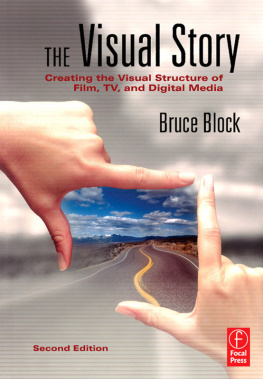
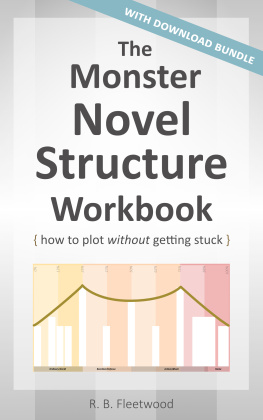
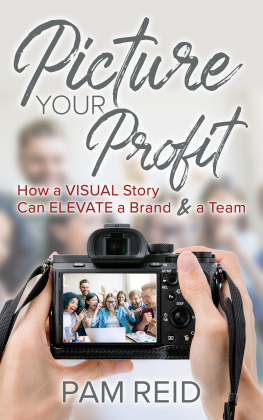

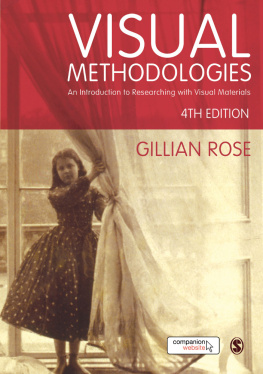
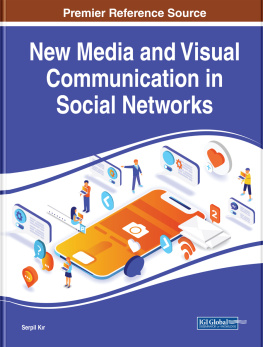
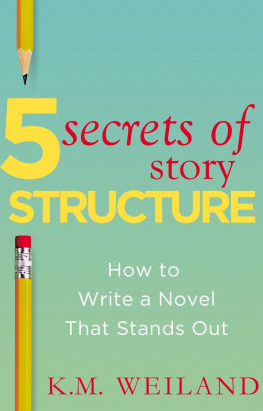
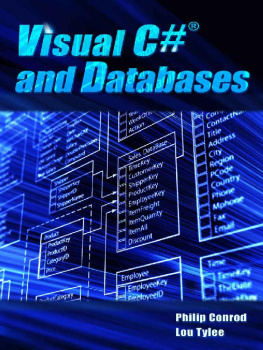
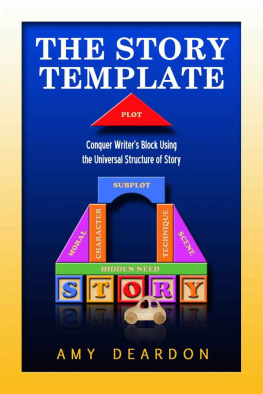

 Recognizing the importance of preserving what has been written, Elsevier prints its books on acid-free paper whenever possible.
Recognizing the importance of preserving what has been written, Elsevier prints its books on acid-free paper whenever possible.